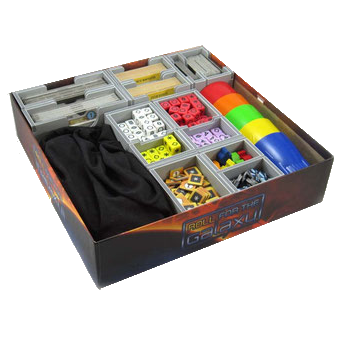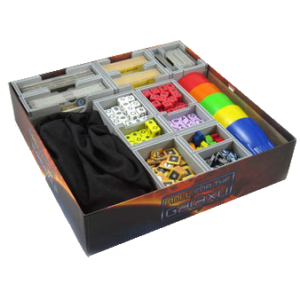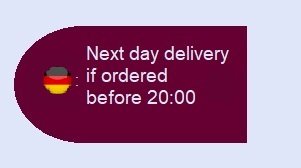Beschrijving
Insert compatible with Roll for the Galaxy®, and the Ambition® expansion. The design provides both efficient storage and improved game play. Many of the trays can be utilised during the game, and they greatly aid set-up and clear-away times. The rules act as a lid on top of the trays. Here you can see the top layer of trays.








